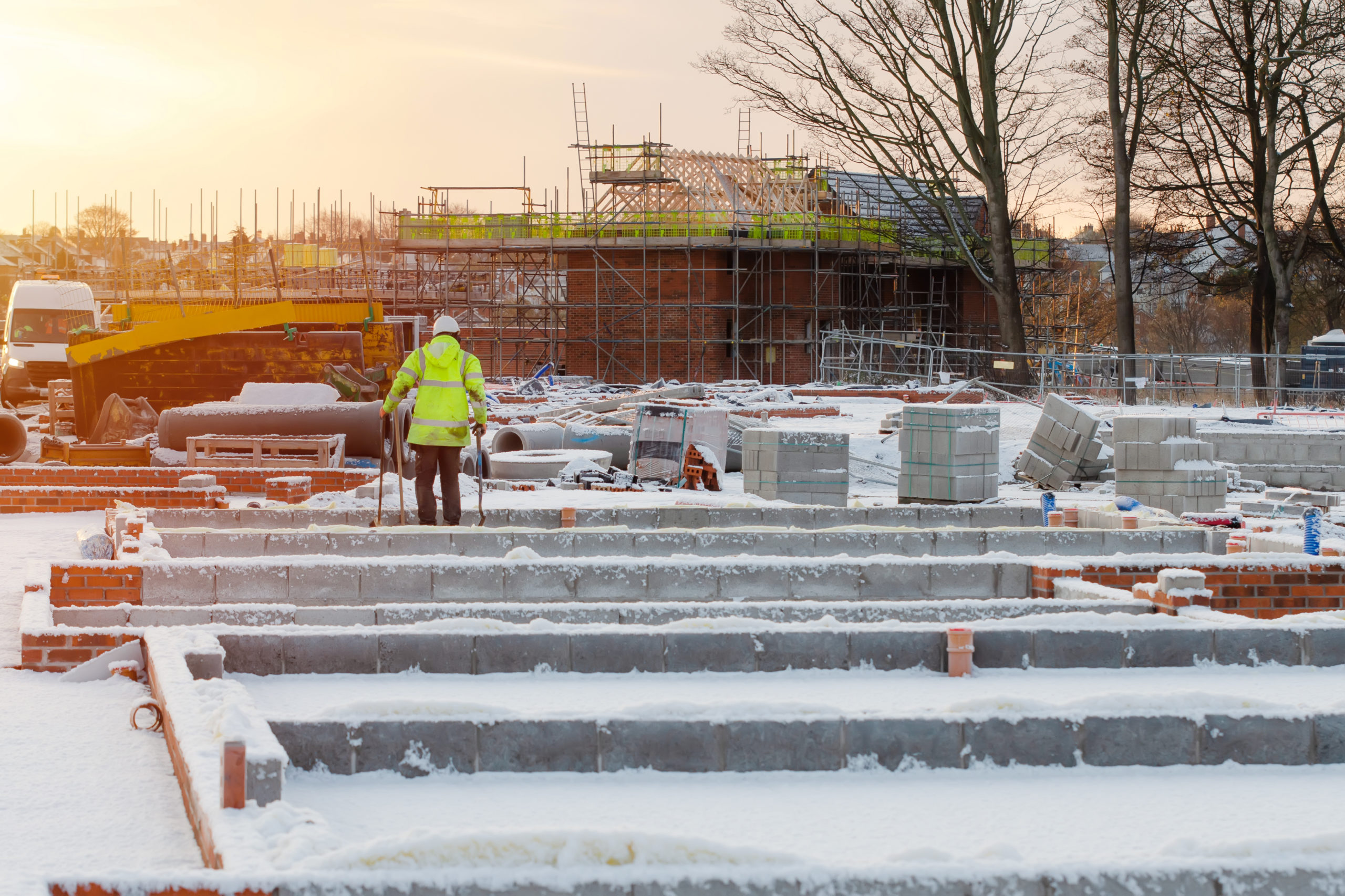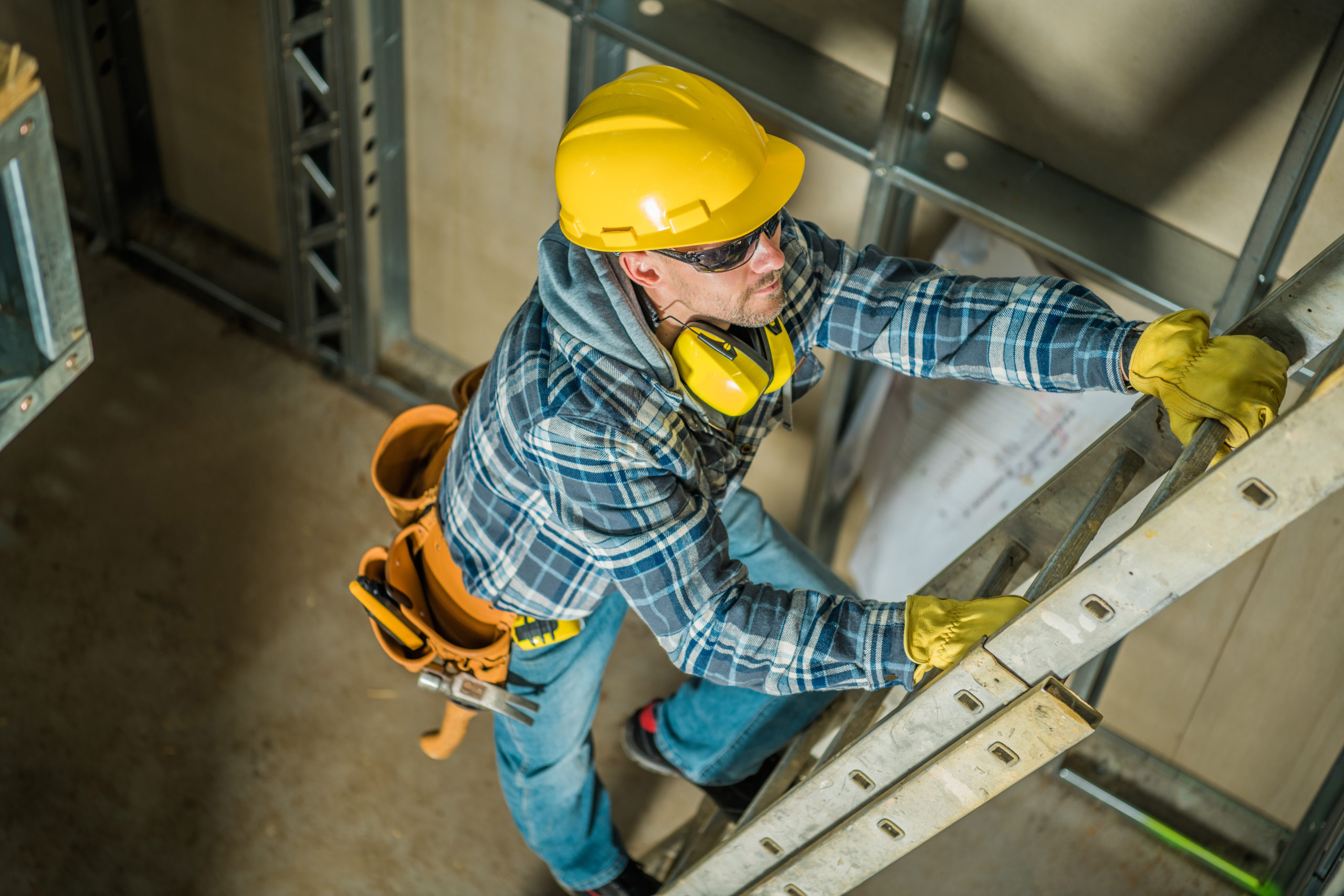In case you haven’t been paying attention to the weather news lately, several parts of the US have been experiencing colder than normal temperatures–thanks to all the winter storms.
According to the Insurance Information Institute, freezing weather and winter storms are the third-largest cause for catastrophic losses. Frozen pipes and pipe bursts can cause significant water damage. The weight of ice and snow on the roof can compromise the integrity of the roof, which leads to water damage and structural damage. Ice and snow melt can back up the sewer system which can cause bacteria filled floodwaters to enter the home or office. Do you know what to do in these situations?
First, call your insurance company. Second, call a roofer if there was heavy snow or rain fall, ice, hail or heavy winds. But most importantly, call a Disaster Response Team.
Here’s why:
- Experience: It is important to have an experienced Disaster Response Team to assess water damage and to determine what materials need to be removed. They will be able to provide a scope of work to the remediation contractor and monitor the removal of all water-damaged materials. TIP: Ask if they follow ANSI/ IICRC S500 and S520 best practices and standards.
 Hidden Water Damage: Water will always take the path of least resistance. That means water will travel inside wall cavities, down the outside of pipes and electrical conduits. Disaster Response professionals will have the experience and thermal imaging equipment available to detect potential moisture behind walls and under flooring. It is important to find and remove all affected materials to prevent future mold growth.
Hidden Water Damage: Water will always take the path of least resistance. That means water will travel inside wall cavities, down the outside of pipes and electrical conduits. Disaster Response professionals will have the experience and thermal imaging equipment available to detect potential moisture behind walls and under flooring. It is important to find and remove all affected materials to prevent future mold growth.- Bacteria & Mold Growth: Harmful traces of bacteria can be found in areas that were affected by water intrusion; whether it be from sewage backup, storm water, or busted pipes. Believe it or not, mold can still grow in the winter time. While colder temperatures may slow down the growth of mold, it does not stop it completely. A Disaster Response Team will be able to test surfaces and the air for bacteria and mold. The results will determine additional materials to remove and sanitize
 Asbestos & Lead Dangers: If you own a building or home that was built in or prior to 1978, make sure to call an accredited asbestos and lead inspector. Disturbing common asbestos or lead containing materials, like flooring, walls, ceilings or windows, can cause asbestos fibers and lead dust to become airborne. Asbestos is known to cause lung disease and cancer. Lead is known to cause damage to the nervous system and the brain.
Asbestos & Lead Dangers: If you own a building or home that was built in or prior to 1978, make sure to call an accredited asbestos and lead inspector. Disturbing common asbestos or lead containing materials, like flooring, walls, ceilings or windows, can cause asbestos fibers and lead dust to become airborne. Asbestos is known to cause lung disease and cancer. Lead is known to cause damage to the nervous system and the brain.
SRP provides full-service disaster response services including initial water damage assessments, fungal and bacterial testing, water damage protocol development, asbestos inspections, and lead surveys. SRP has a network of roofers, insurance adjusters, drying contractors, remediation contractors and abatement contractors throughout the US. The Disaster Response Team and Industrial Hygienists work closely with insurance companies and contractors to help minimize total losses.

 ">
">
 ">
">